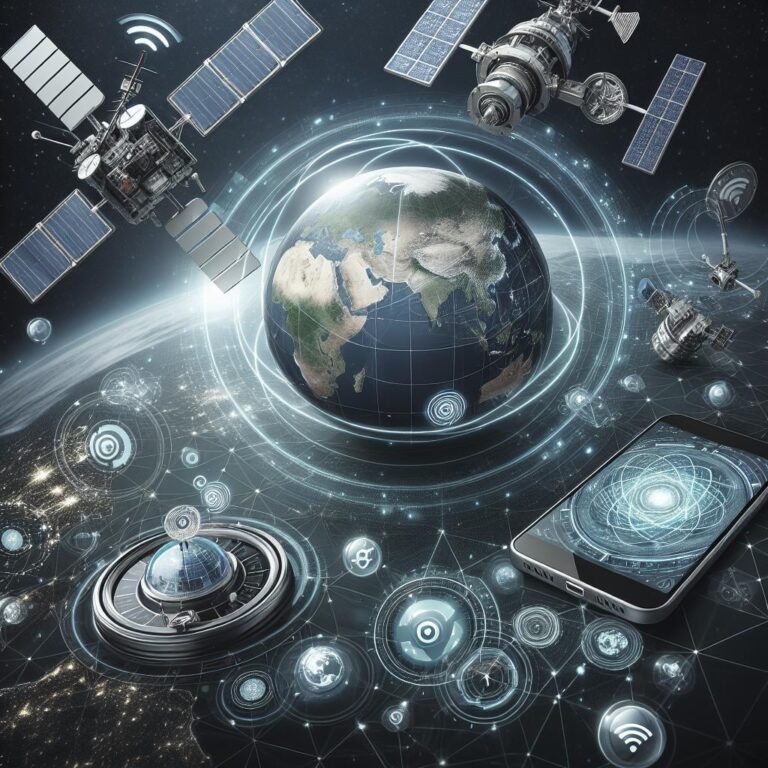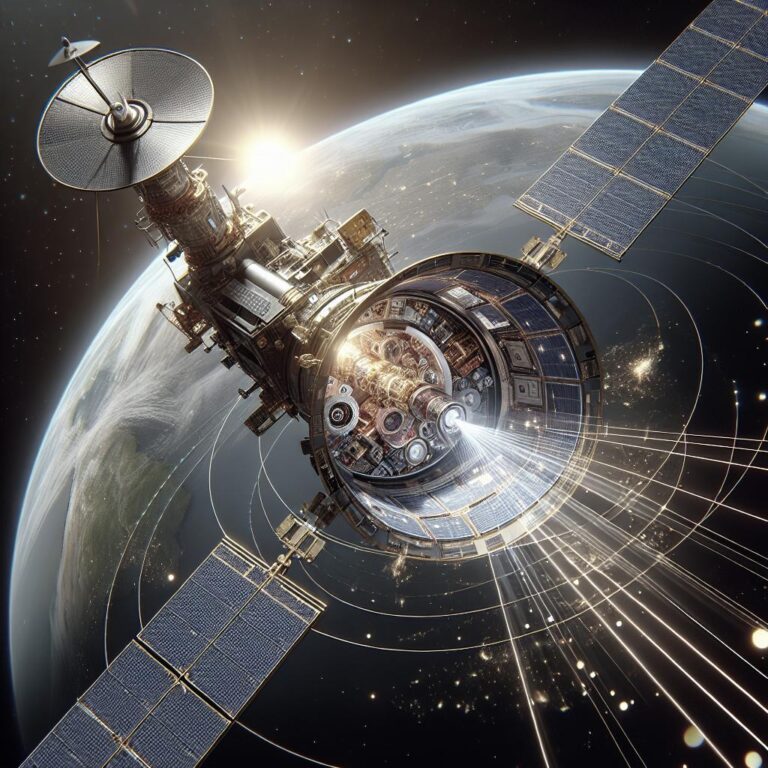“`html
The Impact of Technology on the Environment
Technology has been a crucial part of modern development, with both positive and negative effects on the environment. While it has facilitated significant economic growth and improved quality of life, it has also contributed to pollution, resource depletion, and climate change. In this article, we will explore how technology affects the environment negatively, examine its potential in environmental protection, and delve into the social and environmental perspectives of artificial intelligence. We’ll also look at how smart farming techniques and technology can combat drought. Additionally, communication improvements, the influence of Narrowband IoT, and the lessons from recent popular reads will be covered. With these insights, we can determine actionable steps towards balancing technology’s role in a sustainable future.
What are the negative effects of the relationship between environment and technology
The advancements in industrial and digital technology have led to increased pollution through emissions and waste disposal. Factories, transport, and power generation are some of the largest contributors to air and water pollution. Excessive e-waste, often improperly disposed of, releases harmful substances into the environment, causing significant ecological damage.
The demand for technological products also drives up the consumption of natural resources. Mining, for instance, has resulted in deforestation and habitat destruction, while excessive energy consumption contributes to global warming. Such impacts pose major challenges, necessitating innovative solutions and stronger regulatory oversight to mitigate environmental harm.
Can technology protect the environment?
Despite its detrimental effects, technology offers promising solutions for environmental conservation. Sustainable innovations such as renewable energy sources—solar, wind, and hydropower—reduce reliance on fossil fuels, diminishing carbon footprints. Technologies promoting energy efficiency, like smart grids, contribute to environmental protection by optimizing electricity use and reducing waste.
Advancements in digital technology, like Geographic Information Systems (GIS), enable precise monitoring of environmental changes, allowing for better management of natural resources. Sensors and IoT devices help track pollution levels and ecosystem health, providing data for informed decision-making. Thus, when leveraged appropriately, technology can support substantial environmental improvements.
Newsletter
Stay informed with our newsletter that covers the latest in environmental technology innovations. From groundbreaking research in clean energy to advancements in sustainable agriculture, our updates keep you at the forefront of eco-friendly technology trends. Subscribe now to receive insights and analysis that empower you to make a positive environmental impact.
Our newsletter will also feature expert opinions, case studies, and success stories demonstrating real-world applications of technology in environmental protection. Don’t miss out on the knowledge and inspiration needed to contribute to a sustainable future.
Artificial intelligence from a social and environmental perspective
Artificial Intelligence (AI) offers transformative potential both socially and environmentally. On a social level, AI technologies improve efficiencies and automate processes, which can lead to reduced waste and lower energy consumption. In areas like transportation and logistics, AI optimizes routes for fuel efficiency and minimizes emissions.
Environmentally, AI helps in predicting and mitigating climate change impacts through advanced modeling and data analysis. AI-driven systems can identify patterns in weather events, assisting in disaster preparedness and resource allocation. However, it is imperative to evaluate the ethics and environmental costs of deploying large-scale AI systems, ensuring they contribute positively without unintended consequences.
Smart farming to protect the environment
Smart farming utilizes technology to enhance agricultural efficiency and sustainability. By deploying IoT devices and sensors, farmers can monitor soil health, water usage, and crop growth in real-time. This data-driven approach facilitates precision agriculture, reducing resource wastage and promoting environmental conservation.
Technologies like drones and satellite imagery provide comprehensive monitoring and analysis of farmland. These innovations lead to optimized pesticide usage and reduced environmental impact. By embracing smart farming, agricultural practices can become more sustainable, supporting biodiversity and reducing the carbon footprint of food production.
Technology against drought
Droughts have devastating effects on agriculture, water supply, and ecosystems. Technological solutions play a crucial role in tackling this challenge. Water management technologies, such as drip irrigation and soil moisture sensors, ensure optimal water usage, conserving water resources even during periods of scarcity.
Additionally, weather forecasting technologies help in anticipating drought events, allowing for strategic planning and mitigation efforts. By enhancing water efficiency in agriculture and urban areas, technology empowers communities to withstand and adapt to the harsh impacts of drought.
Communication
Communication technologies enable global collaboration in addressing environmental challenges. Digital platforms foster knowledge exchange and innovation sharing among policymakers, scientists, and the public. Social media raises awareness and mobilizes support for environmental causes on a large scale.
Advanced communication networks facilitate the swift spread of information and real-time monitoring of environmental issues. Through increased connectivity, societies can coordinate efforts more effectively in tackling ecological crises and supporting sustainable practices.
Word of the week
This week’s word is “E-waste.” These refer to discarded electronic appliances such as computers, phones, and TVs. E-waste contains toxic substances that can harm the environment and human health, highlighting the need for proper disposal and recycling practices.
nb-IoT
Narrowband IoT (nb-IoT) is a low-power wide-area network (LPWAN) radio technology standard that enables the connection of devices over long distances, using minimal energy. It is particularly effective for environmental monitoring and smart city infrastructures, providing reliable data transmission for sustainable urban development.
Most read in the last week
Last week’s most read article explored the future of electric vehicles (EVs) and their impact on reducing carbon emissions. Highlighting emerging technologies and government initiatives, the piece offered a comprehensive overview of the EV ecosystem and its potential to transform transportation sustainably.
| Topic | Summary |
|---|---|
| Negative Effects | Technology increases pollution and resource consumption, impacting the environment adversely. |
| Technology for Protection | Innovations like renewables and GIS help in environmental conservation and resource management. |
| Artificial Intelligence | AI supports efficiency and climate change mitigation; ethics and environmental costs need consideration. |
| Smart Farming | Smart tech aids sustainable agriculture through data and precision techniques, reducing environmental impact. |
| Technology Against Drought | Water management and forecasting technologies help communities adapt to drought conditions effectively. |
| Communication | Communication tech enables global collaboration and efficient response to environmental issues. |
“`





